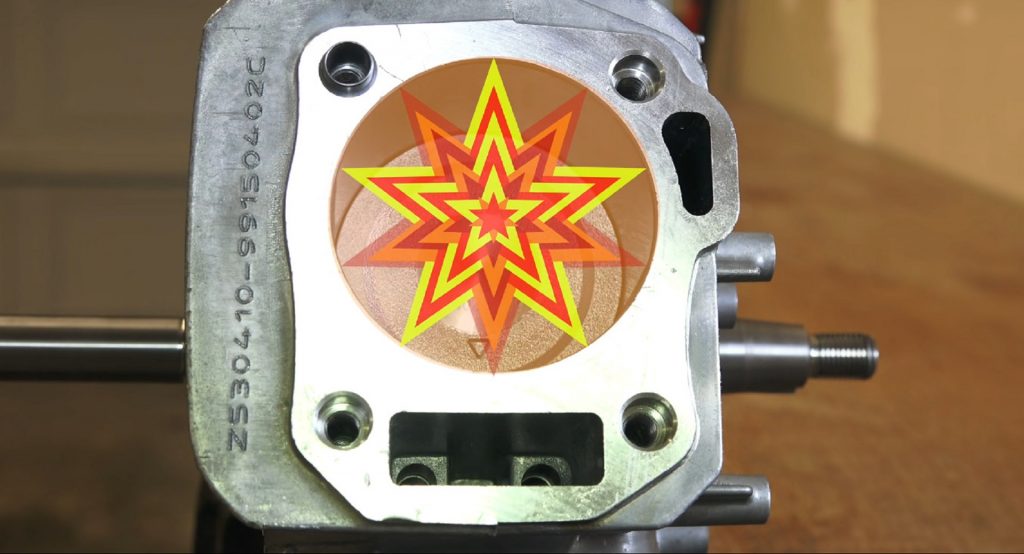Although the electric revolution is making big strides, the internal combustion engine is far from dead. So what’s does the future hold for it?
Jason Fenske from Engineering Explained is here to lay out a couple of combustion cycles that promise to improve efficiency. Finding a way to make these engines work will be important if engineers want the technology to survive.
They don’t exactly look like a cure to all of the internal combustion engine’s ills, though. There are a couple of combustion cycles that would combine the control of a gas engine with the efficiency of a diesel engine that might lead us to something better, though.
The most promising is the Reactivity Controlled Compression Ignition, which literally uses diesel and gas. The problem having two fuels seeks to solve is knock, which is an issue for the other cycles he outlines.
Also Read: FIA’s First Barrels Of Sustainable Biofuel Sent To F1 Teams
With a lean air-fuel mixture combined upstream, the engine can compress the mixture to increase output. The diesel is simply there to help the mixture explode more predictably. As a result you get a lot of work out of the engine, increasing efficiency.
Unfortunately, like the other combustion cycles outlined here, that engine also produces a lot of hydrocarbon and carbon monoxide emissions. There are fewer CO2 emissions, though, which is a bonus.
Naturally, one of the biggest problems is the need for two fuels. It would be more than a little annoying to have to monitor two fuel tanks, but Fenske argues that some big logistics companies might be willing to deal with that for the added efficiency.
Ultimately, though, none of the engines outlined on Fenske’s white board are even half as efficient as an electric car, which doesn’t produce any emissions. Plus, many major automakers are already betting big on electrification – not to mention various cities and governments that have pledged to ban ICE-powered cars altogether in a few years…








